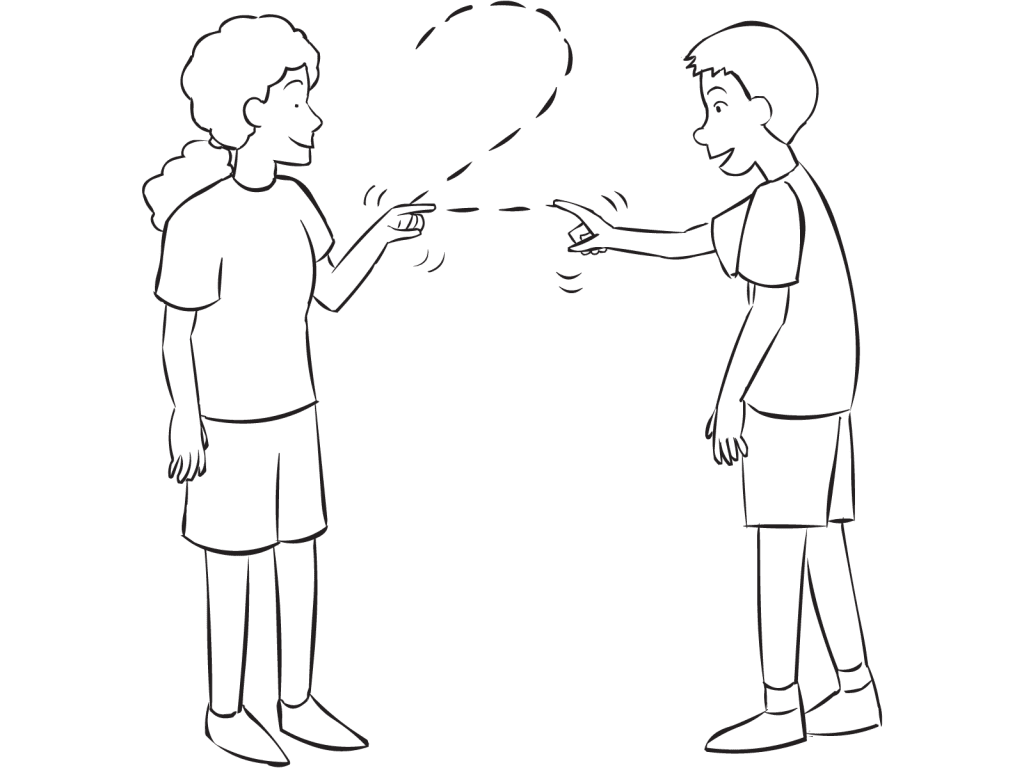Save to Playlist
Step-by-Step Instructions
Video Tutorial Premium
How To Play Narrative Premium
Practical Leadership Tips Premium
Social-Emotional Learning Premium
Health & Wellness Programming Premium
Popular Variations Premium
Virtual Adaptation Premium
You Might Also Like... Premium
Useful Framing Ideas Premium
Reflection Tips & Strategies Premium
Source Premium

No Props No Problem
Brand NEW book featuring 150+ outrageously fun group games & activities. Scan QR codes to connect to tons of digital content including video tutorials.
Add to Cart
NEW – No Props No Problem
The best-selling book featuring 150+ outrageously fun group games & activities. Scan QR codes to access exclusive digital content including video tutorials.

Free Ice-Breakers & Group Games
Ten of the best no-prop, interactive ‘get-to-know-you’ games & activities. 100% fun, your group will love ’em. Our most successful giveaway, 10,000+ downloads so far…
Top Ten Icebreakers & Group Games
Download our free 28-page ebook jam-packed with outrageously fun activity ideas.
Just one more question:
I am interested in…
Choose a plan that’s right for you
We offer a range of membership plans with no surprises.
Click an option below & discover our simple pricing.

Individual
Click here if you’re a:
- Teacher
- Corporate trainer
- Outdoor educator
- Camp leader
- Youth leader
- Conference organiser
- Therapist/counsellor
Membership Plans

Enterprise
Click here if you represent a:
- School
- Corporation
- Community-based Organisation
Explore plans for
10, 50, 200 or more
potential users
Membership Plans






I love this activity and appreciate it for building a common language, and preparing people for collaboration. I start with a race to 21 competing against your partner, and let folks switch partners a few times. I then move into a few rounds of competing WITH your partner (finger tracing above), and the first pair to 21 “wins.” in a final round I add, “you and your partner are going to continue working together, facing each other, and counting out loud and writing those numbers 1-21. At the same time, your team will be working with every other team in the room who are participating in the same way. It is your teams responsibility to ensure your team starts together, works together, and ends together all at the same time. Is there anything you need to discuss before we get started?” In process I like to discuss considerations when you are working by or for yourself. then, what changes when you start working with another person, or a small group? then, what has to be considered when we start working as a large group or a whole community, etc…
Awesome stuff Floyd, I really like the way you embraced collaboration in this variation.
I use this activity at the start of most of my corporate team events. Everyone participates. There is a lot of laughter. And there are so many applications! I typically start with the “mirrored” part and then do the “race” to 30 simply because it works well with my programming. And oftentimes I follow this with an activity the divides my group in half. Winners of the activity are one group and …non winners are the other.
Love the metaphors that come along with this. Powerful way to shift a perspective from “me” to “we.”